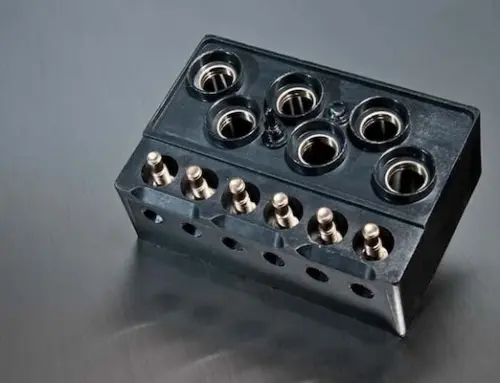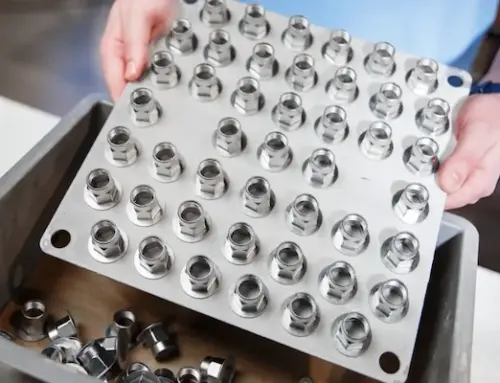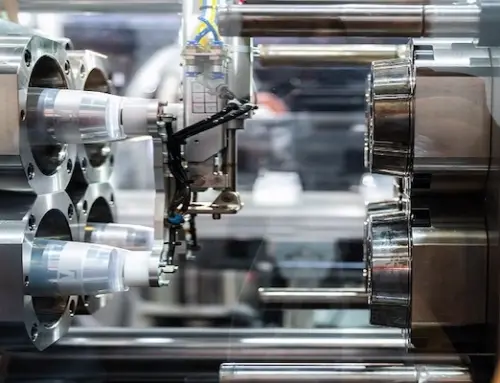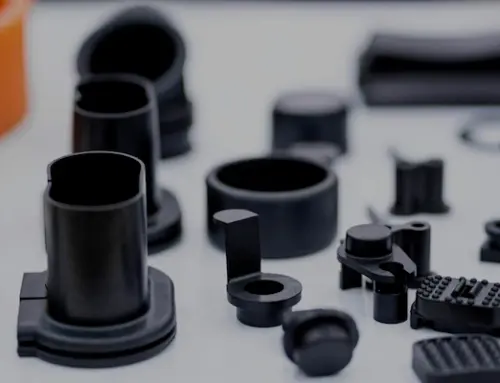Plastic injection molding is the process of injecting molten plastic into the mold cavity. This is a professional manufacturing process. Once the plastic has cooled, the required plastic parts are ejected. This is the most convenient manufacturing method for producing large numbers of products and making prototypes.
With the advancement of technology, injection molds have also been greatly improved to meet the needs of the market. It contains different stages in the production process. This article will briefly discuss these steps so that you can better understand them.
1. The steps of the plastic injection molding process
1) Clamping
this is one of the most important parts, keeping the two sharing this process during injection and cooling.
2) Injection
At this stage, the initial plastic material in the form of a tray is poured into a hopper on the top of the injection device and fed into a cylinder where it is heated until it reaches a molten form.
In this used cylinder, there is a motor-driven screw that acts as a mixer for the molten pellets, forcing them to move to the end of the cylinder until enough material has accumulated. Once the injection process has begun, inject the molten plastic through a channel all the way to the mold under a specific speed and pressure.
3) Dwelling
This phase includes a pause during the injection process. At this stage, pressure is applied to ensure that the cavity is filled.
4) Cooling
It cools the plastic and transforms it into a solid shape.
5) Ejection
After the above steps, open the clamp unit to separate the mold. Use rods or plates to extrude the final shape of the part from the mold. Most importantly, unused channels can be recycled for other purposes.
2. Why Plastic Injection Molding Process is Important?
Plastic injection is used to manufacture a large number of parts for various reasons.
- Many programs are the development of net shapes
- Compared with metal processing technology, it consumes less energy
- This process requires a lower temperature
- It provides excellent geometric flexibility
- Reduced requirements for paint and other processing processes
3. Capability of the injection molding process
It provides cutting-edge mold manufacturing services, such as high-speed CNC machine tools, EDM machines and press sizes.
Besides, it complements advanced injection molding capabilities. This injection molding process ensures an end-to-end product development lifecycle solution. You can look forward to a new and complex form of plastic injection mold, according to your needs and specifications.
In addition, it can be used as the best substitute for 3D printing of parts under certain conditions. Customers can get lower costs per piece and materials that are not available in 3D printing.
4. The impact of plastics on the environment
You should know that recycling is more efficient and less plastic ends up in landfills. On the contrary, they can help in many ways. The plastic material is useful, durable, strong, and lightweight, which makes it stand out from the crowd. For example, plastic is widely used as a substitute for steel.
Due to its light weight, it reduces the fuel consumption of the aircraft. Most importantly, plastic lining materials are also used extensively in buildings to help save energy. In our society, there are also various examples of plastic parts being widely accepted.
The advancement of technology makes it possible to improve the plastic injection molding process and produce advanced products. The first-class molding machinery is also very energy-efficient.
In short, this process is a great process that produces repeatability and close tolerances of parts. It produces a finished appearance, reducing part of the production after any work. This process is environmentally friendly and produces less waste.
Looking for a reliable plastic injection team? Holly is a well-known professional company that can meet your needs.






Leave A Comment